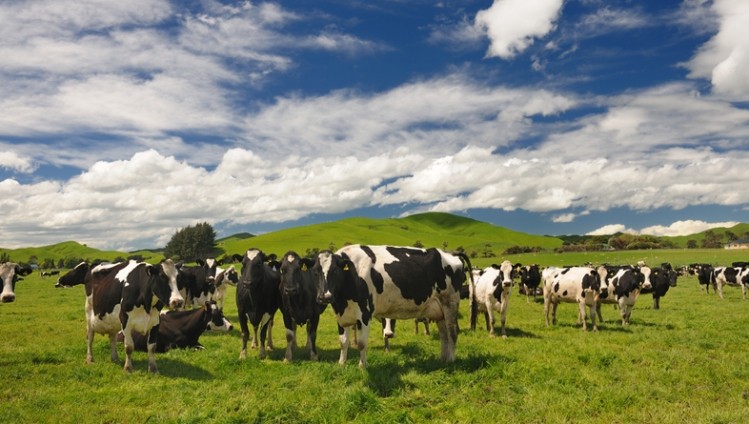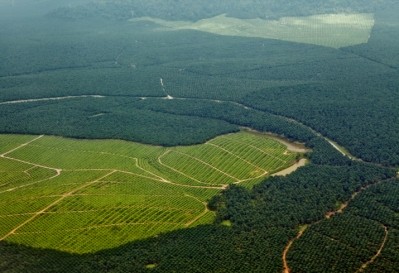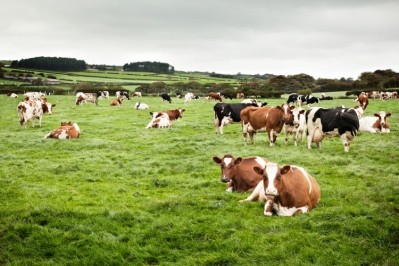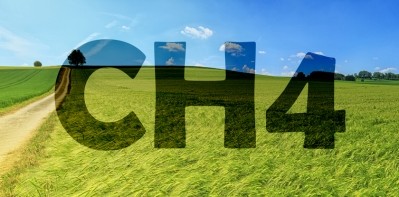New Zealand dairy sector still heavily reliant on imported palm kernel expeller

The country’s imports of that palm oil industry by-product were higher in 2022, at over 2m tons, than in the prior three years, and that despite the push from Fonterra to limit the amount of PKE used in dairy cow diets on the basis it can change milk consumption giving it a higher fat content.
PKE is used as a supplementary feed for cows, such as during drought when grass growth is low.
Overall, New Zealand’s grain and feed import volumes jumped to 3.7 MMT last year, a rise of 13% from 2021. The country’s grain and feed demand continues to outstrip domestic supply by nearly double, with it producing 2.1 MMT domestically in 2022, but consuming an estimated 5.8 MMT, reads the US agency’s review.
Dairy farming is the largest consumer of feed and grain products, accounting for about 75% of those import volumes, followed by the poultry sector, at 12%.
“These large import volumes were supported by strong milk prices, with the dairy pay-out experiencing a massive price increase per kilogram of milk solids, from NZ$7.75 (US$5.01) in 2020 to NZ$9.35 (US$6.05) in 2022. This made it cost effective to bring in more imported feed, despite the fact that global grain and feed prices were also high,” wrote the USDA FAS attaché.
DDGS demand
Distiller's Dried Grains with Solubles (DDGS) from the US has seen the biggest growth in terms of feed imports to New Zealand, at 10% per year, almost doubling since 2017.
Some shipments of corn, and a shipment of sorghum in 2020, have also come from the US, with corn also being imported from Romania. New Zealand has historically sourced wheat exclusively from Australia, with volumes typically consistent every year. Another major feed imported is soybean meal, which the country sources almost entirely from Argentina.
Demand dynamics
The USDA report warns about potential implciations, however, from any downward revision on prices in the country's dairy and poultry sectors:
“Grain and feed imports in New Zealand are heavily driven by the returns of the dairy and poultry industry, which in recent years have seen unprecedented farm gate prices for products.
“However, because of rising inflation for farm inputs, including fertilizers and fuels, many analysts are concerned that any future downturn in livestock product prices could see many New Zealand operations try to reduce costs, possibly impacting grain and feed import demand.”
Reduction in bird populations
Poultry is the second largest consumer of grain and feed in New Zealand, and it is a large consumer of corn.
“In part, with recent enforcement of new code of welfare standards in the New Zealand poultry industry and labor shortages, national numbers have decreased over the last two years by just under 300,000 broilers and 450,000 laying hens. This has reduced the feed demand for this sector and was one of the reasons that planted hectares of grain corn and corn imports both dropped in 2022.”







